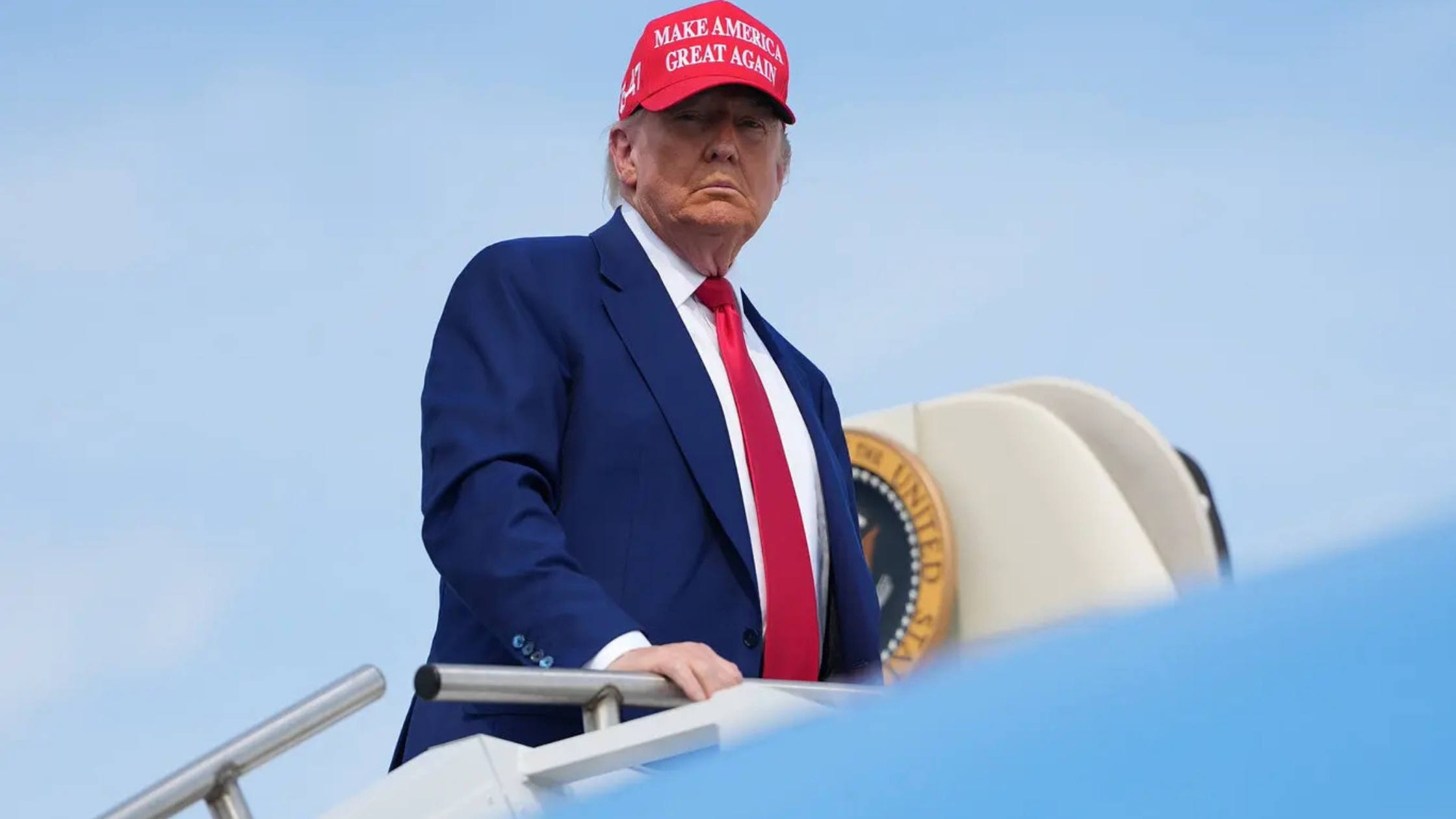Trump Iran strike has sent shockwaves across the globe, marking one of President Trump’s most audacious foreign policy moves to date. On June 21, 2025, U.S. forces joined Israeli counterparts in launching precision airstrikes on Iran’s nuclear sites at Fordow, Natanz, and Isfahan. The operation, orchestrated with B‑2 bombers and bunker‑busting ordnance, aimed to dismantle Iran’s nuclear enrichment capability—and ensure the regime cannot rapidly acquire a bomb.
Strategic Backdrop: Diplomatic Path or Flashpoint?
President Trump’s decision didn’t occur in a vacuum. Following a nine-day Israeli bombing campaign, stalled talks with Tehran, and intense lobbying from hawkish elements—most notably Israeli officials—the U.S. opted for kinetic action.
This strike represents a dramatic shift from his earlier “maximum pressure” campaign initiated in February 2025, encompassing harsh sanctions targeting Iran’s oil and financial networks. Diplomats had urged restraint, but strategic calculations shifted when covert intel affirmed the necessity of disabling Tehran’s most fortified nuclear facilities.
Anatomy of the Strike: Execution and Intel
Inside strategic circles, it appears the operation had been in development long before public statements suggested a potential delay. According to Axios, Trump misled the world by saying he would decide “within the next two weeks” — by then, B‑2 bombers were already airborne.
The strike utilized six GBU‑57 bunker-busters to hit the deeply buried Fordow site, supplemented by Tomahawk missiles at Natanz and Isfahan. While initial assessments claim extensive damage, independent verification—and the fate of 400 kg of 60% enriched uranium—remains uncertain.
Global and Domestic Ripples
International reactions have been sharply divided. Germany, the UK, and UN officials called for renewed diplomacy, urging de-escalation. Gulf states, meanwhile, appear cautious but alert to instability in the Strait of Hormuz—no disruptions yet, but the risk remains high.
Domestically, the strike split Washington. Republicans—Senators Lindsey Graham and JD Vance—lauded it as a decisive strength. Yet lawmakers like Marjorie Taylor Greene, Thomas Massie, and Alexandria Ocasio‑Cortez raised constitutional alarms due to bypassing Congress. Democrats invoked past intelligence failures as cautionary tales of unintended consequences.
Fallout Risks: Retaliation, Energy & Regional Power
Though termed “limited,” the operation docks the U.S. deeper into Middle East volatility. Tehran could retaliate through missile salvos against U.S. bases, proxy actions via Hezbollah, or economic pressure by threatening the Strait of Hormuz.
Oil markets remained surprisingly stable—thanks in part to strategic U.S. reserves and Gulf resiliency—but future attacks remain a looming threat. Regional alliances now teeter between tougher security postures and strategic recalibrations.
Strategic Implications: Peace Broker or Escalation Catalyst?
Advocates argue the strike revitalizes deterrence, signals U.S. resolve to Iran’s proxies, and could strengthen Abraham Accords momentum. From an energy-security perspective, analysts at the Atlantic Council contrast this with past Middle East wars—right now, markets are calm and U.S. energy posture is robust atlanticcouncil.org.
Critics counter that this gambit may close off diplomatic windows and spur a dangerous arms race in Tehran. History shows Iran retreats when survival is threatened—but only temporarily, as rebuilding efforts follow. Pentagon intel assessments are now tasked with clarifying both damage inflicted and future intentions.
Conclusion
President Trump’s calculated Trump Iran strike is a high-stakes gamble, one that hinges on Tehran’s reaction and the efficacy of niche military objectives. It sends a renewed message: the U.S. will deploy force if core national interests and allied security are perceived to be at critical risk. But the line between precision and entanglement is perilously thin. Whether this operation reshapes regional politics or spirals into lasting instability depends now on intelligence rigor, diplomatic counterplay, and Tehran’s next move.
Subscribe to trusted news sites like USnewsSphere.com for continuous updates.





